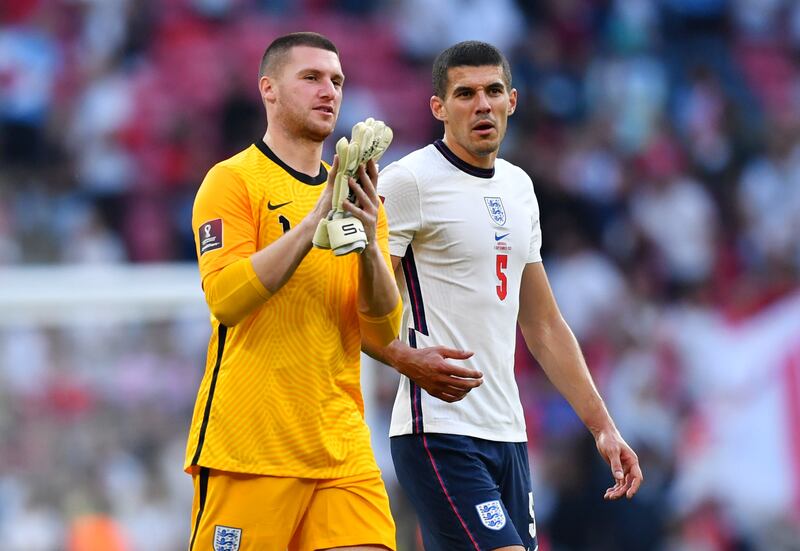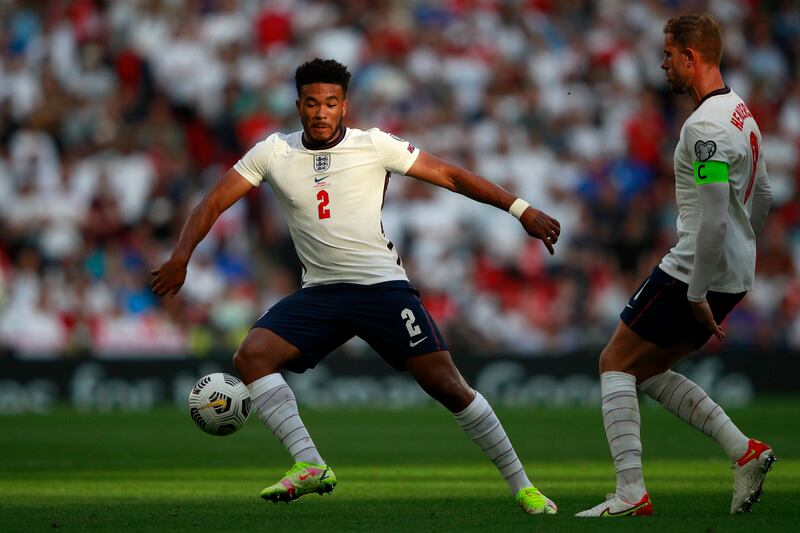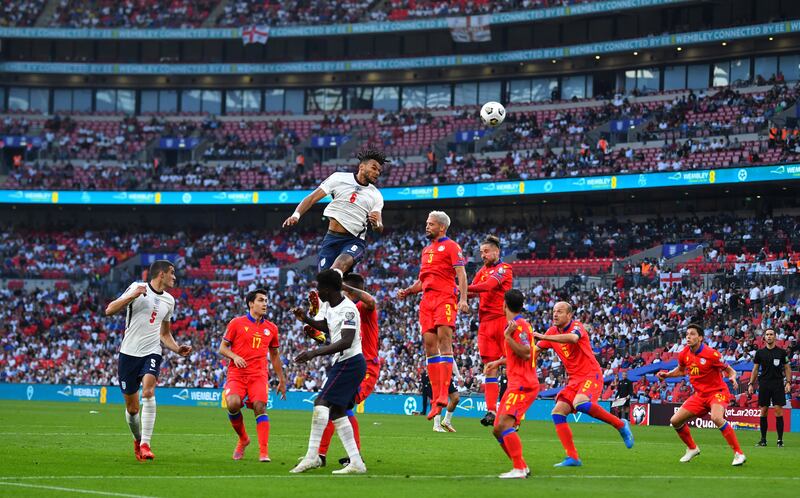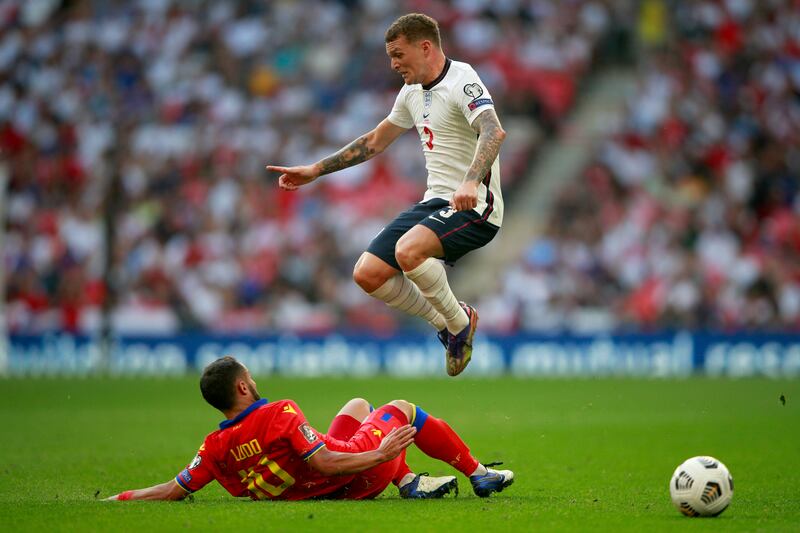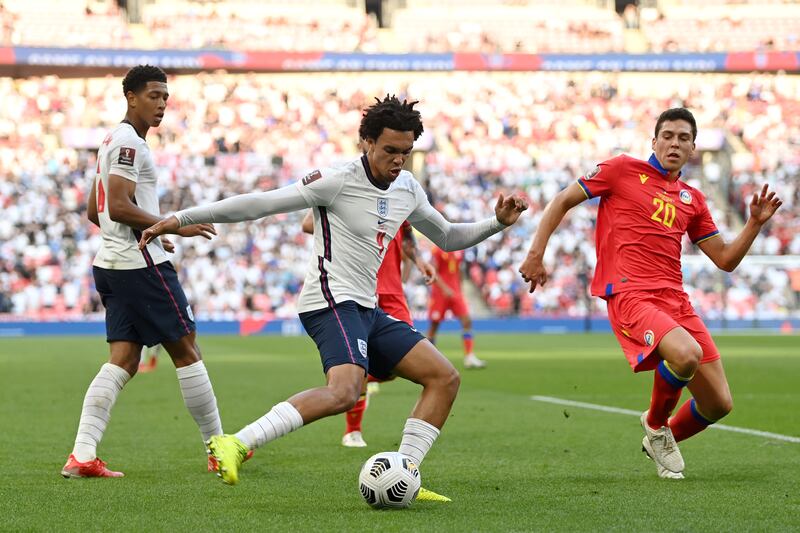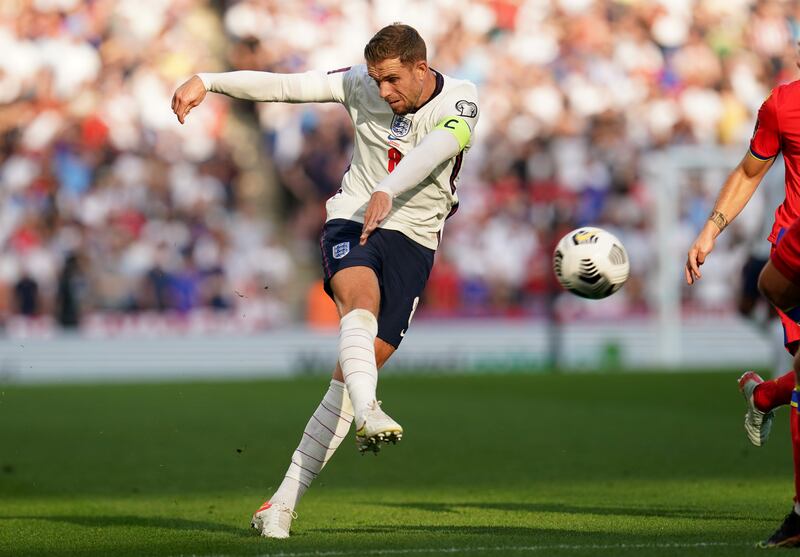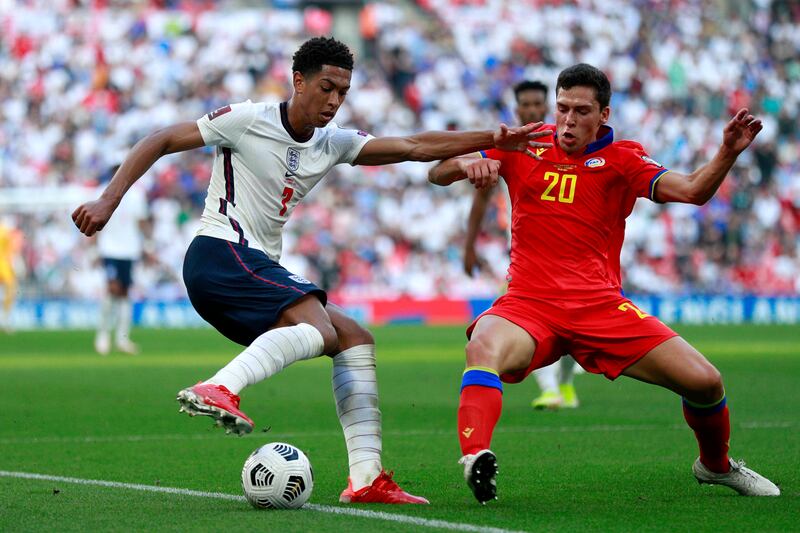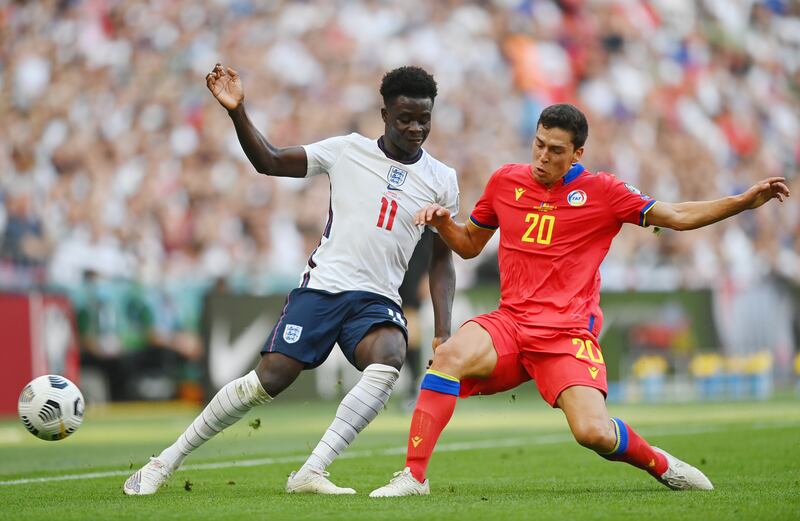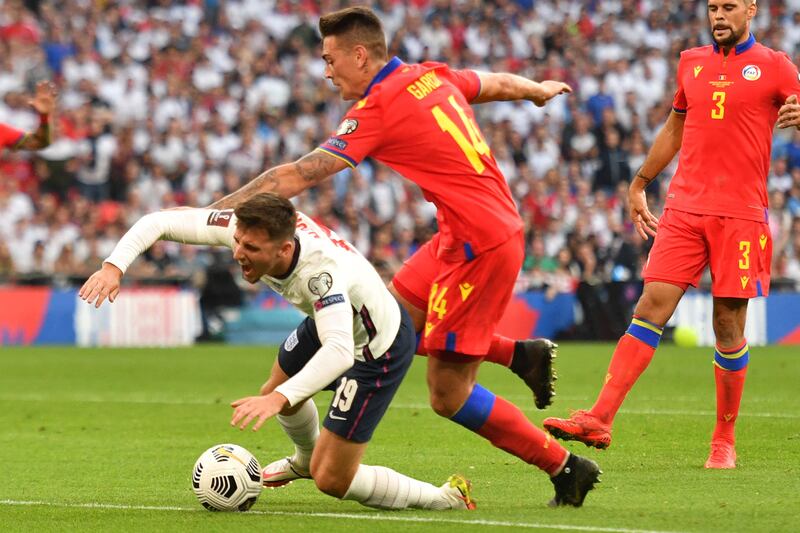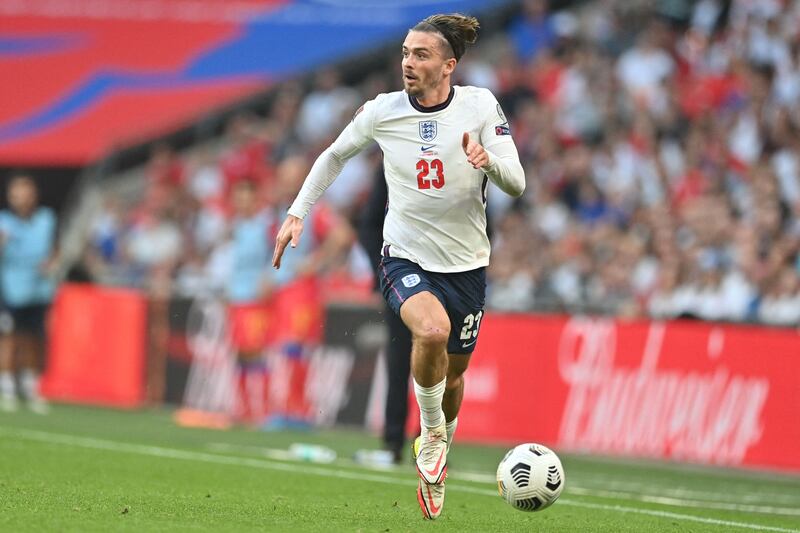The first some heard of England’s latest midfielder was when they read Steven Gerrard’s autobiography. A Champions League winner with his hometown club was coaching at Liverpool’s academy and flagged up a youngster who would emulate him; just not by the name or in the position where he would achieve such success.
“Trent Arnold has a terrific chance of making it as a top professional,” Gerrard wrote. “He can play as a No 6, a holding midfielder, but he’s versatile.” So Trent Alexander-Arnold, as he became known, proved. He was voted into FIFPro’s World XI in 2020 but as a right-back. He was tipped to become one of the best right-backs ever by Cafu, himself a candidate for such a title.
And he was played in midfield by England against Andorra. The experiment was aborted after 45 minutes, when the game of musical chairs among right-backs continued as Reece James moved into midfield.
It was a harmless trial – if England could not test a theory against Andorra, when can they? – but it seemed to show that a converted midfielder is now a full-time right-back. “Clearly in the second half he has been in more of those positions where he felt more comfortable,” Gareth Southgate said. “Even though a lot of the time it was the same positions he was in in the first half but just he's coming onto things, he looked happier.”
Alexander-Arnold has become accustomed to seeing the match ahead of him. His finest moment as a midfielder was a 50-yard diagonal ball, an example of his wonderful passing range, but it came from a spot he tends to occupy as a right-back. As a midfielder, he was often bypassed and overshadowed by Jude Bellingham. Liverpool’s narrow tactics mean their full-backs can be afforded acres of room. Alexander-Arnold found it harder to find space in a congested midfield.
Perhaps it was a victory for Jamie Carragher over Gary Lineker. The 1986 World Cup Golden Boot winner argued last week: “The best passer in English football. He should be playing, like he did as a kid, in midfield.”
Carragher responded: “No, he shouldn’t, full-backs get more of the ball than anyone and a bit more time on it to pick out their passes. The way [Jurgen] Klopp sets up, he’s virtually a midfielder in possession anyway.”
England player ratings v Andorra
The notion of Alexander-Arnold as an English Kevin de Bruyne is seductive. The Belgian and the Englishman can be twinned at the top of the assist charts, each fashioning goals with magnificently menacing crosses. The fact that Alexander-Arnold, like De Bruyne, delivers some of his best balls from the inside-right channel shows he need not be tied to the touchline.
Given England’s lack of a midfield creator and luxury of riches at right-back, Alexander-Arnold appeared a fine solution on paper; on the pitch, however, it was another matter. That Southgate had originally named him among four right-backs in his Euro 2020 squad suggested his midfield bow might have come in a major tournament.
But, for the meantime, it may remain an idea. England have few friendlies. Klopp has no reason to copy them. Relocating Alexander-Arnold would remove a strength from his side, reducing their attacking armoury. There is a gulf in class to his understudy, Neco Williams. Play Joe Gomez there and he would not offer much going forward.
Now the precocious Harvey Elliott is excelling as the right-sided No 8, the role Alexander-Arnold had against Andorra. He has the potential to occupy it for years. And Klopp has won a Champions League and a Premier League without requiring midfielders with De Bruyne-esque assist numbers. Liverpool have no incentive to help England turn him back into a midfielder.



